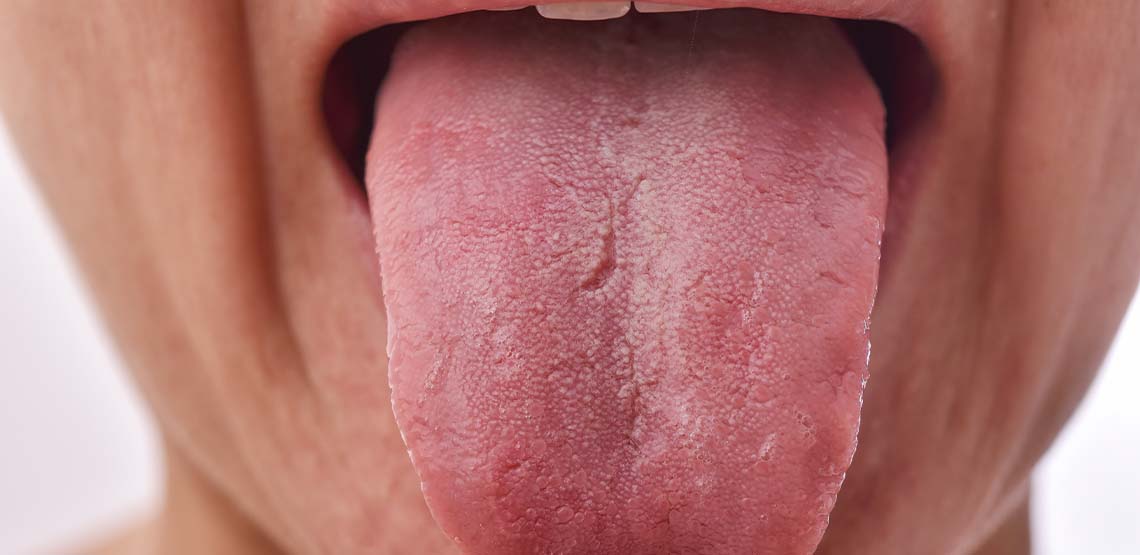How to Treat Acquired Thrombotic Thrombocytopenic Purpura
Acquired thrombotic thrombocytopenic purpura (aTTP) is a rare and potentially life-threatening autoimmune condition. Treatment focuses on managing the underlying cause and reducing the risk of clotting. This article will explore common treatment options for aTTP, including emerging medicines like Cablivi.
1. Cablivi (Caplacizumab)
Cablivi is a groundbreaking treatment specifically approved for aTTP. It works to reduce the formation of blood clots by inhibiting the interaction between vWF and platelets. Cablivi is administered as a daily injection and is often used in conjunction with plasma exchange and immunosuppressive therapy.
In clinical studies, patients treated with Cablivi achieved faster normalization of platelet counts compared to those receiving placebo. Additionally, treatment with Cablivi was associated with a 74% reduction in aTTP-related death, recurrence or major thromboembolic events.
2. Plasma Exchange Therapy (PEX)
Plasma exchange–also known as plasmapheresis–is the process in which healthcare providers obtain plasma from blood. During this procedure, the patient’s plasma is replaced with donor plasma. PEX is typically performed daily until the patient’s platelet count stabilizes and other clinical markers improve.
PEX has significantly improved survival rates for patients with aTTP. Historically, without treatment, aTTP had a mortality rate of approximately 90%. The introduction of PEX has reduced this rate to about 20%, according to studies.
3. Corticosteroids
Corticosteroids, such as prednisone or methylprednisolone, are commonly used to suppress the immune system and reduce the production of unhealthy autoantibodies. They are usually started alongside plasma exchange and tapered as the patient’s condition improves. Studies show that corticosteroids are effective in reducing time to platelet count response and also to reducing aTTP-related death, recurrence or major thromboembolic events.
Related Search Topics (Ads)
4. Rituximab
Rituximab, a monoclonal antibody targeting CD20 on B-cells, is increasingly used in aTTP treatment, particularly for patients with refractory or relapsing disease. By depleting B-cells, rituximab helps to reduce the production of unhealthy autoantibodies. It can be administered intravenously over a series of weeks. Some studies show that rituximab can serve as a reliable first-defense in treating ATTP in order to lower relapse rates.
5. Immunosuppressive Agents
Other immunosuppressive drugs, such as cyclophosphamide or mycophenolate mofetil, may be considered in severe or relapsing cases. These drugs further suppress the immune response and are particularly useful in patients who do not respond adequately to corticosteroids, rituximab or other treatment options.
6. Supportive Care
aTTP can lead to a series of other serious conditions. As a result, supportive care is critical in managing the complications of aTTP. Some of the other conditions and their subsequent treatments include:
- Red blood cell transfusions. Used to address severe anemia.
- Platelet transfusions. Typically avoided unless there is life-threatening bleeding, as they can exacerbate clot formation.
- Management of kidney injury. aTTP can result in serious kidney damage. That’s why monitoring and treating renal dysfunction is essential in treating the comorbidities of aTTP.
7. Monitoring and Maintenance Therapy
Long-term monitoring of autoantibody levels is crucial for detecting early signs of relapse. Maintenance therapy may be recommended for patients at high risk of recurrence. Maintenance therapy can consist of rituximab or immunosuppressants.
8. Emerging Therapies
There's still a lot to discover about aTTP, which extends to its treatment options. As a result, research into new treatments for aTTP is ongoing. It can be difficult to predict what research might find and what will be revealed about this condition. Potential future options include:
- Gene therapy. Targeting the underlying genetic causes of ADAMTS13 deficiency.
- New biologics. Developing additional drugs to inhibit vWF or modulate the immune response.
9. Lifestyle Modifications
Staying overall healthy is a great way to maintain a healthy immune system, which can ultimately help in treating aTTP. Adopting healthy habits like a balanced diet, regular exercise, sufficient sleep, stress management and quitting smoking can work to improve overall health and manage specific symptoms.
Final Notes
Managing aTTP requires a multidisciplinary approach and prompt intervention. Treatment might involve a mix of different options at once. Advances in research continue to provide hope for even more effective therapies in the future.


